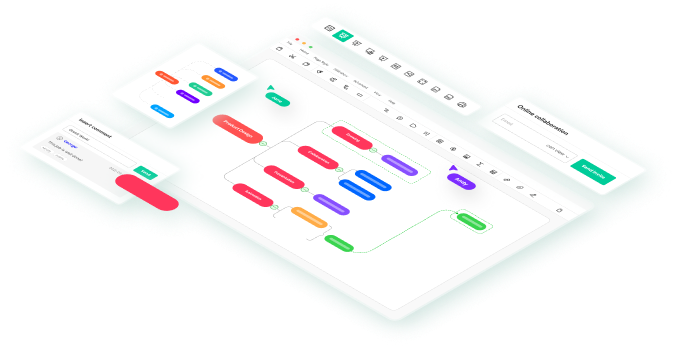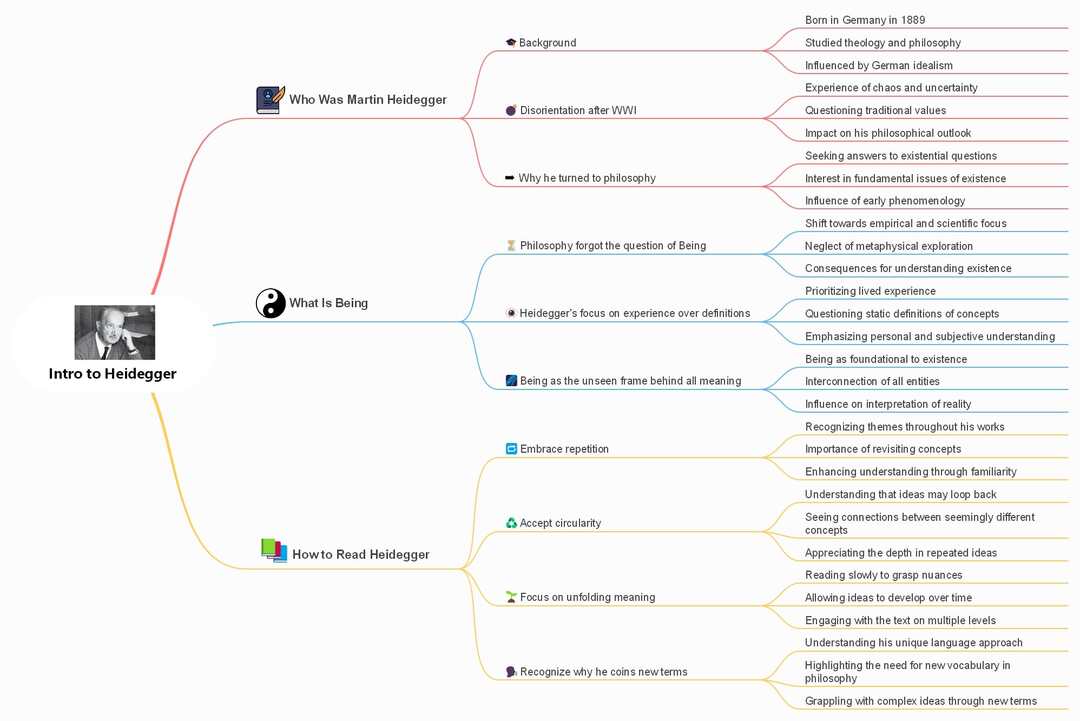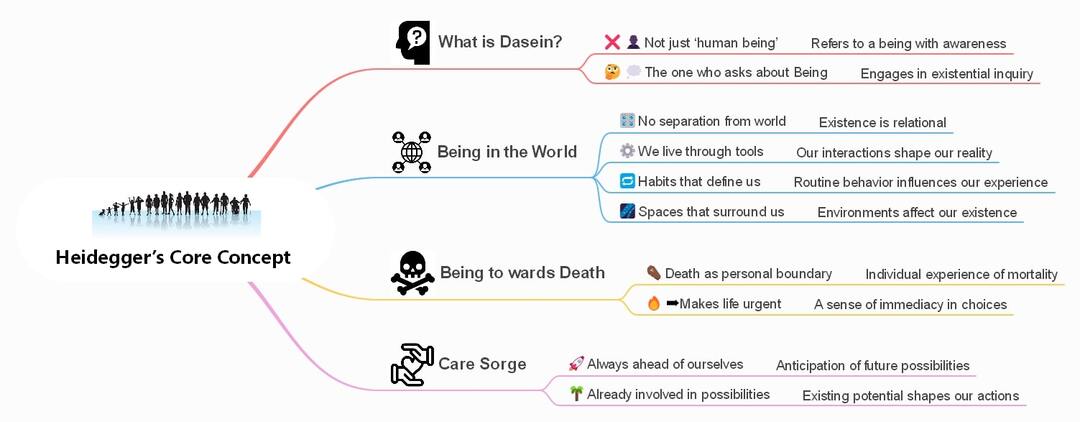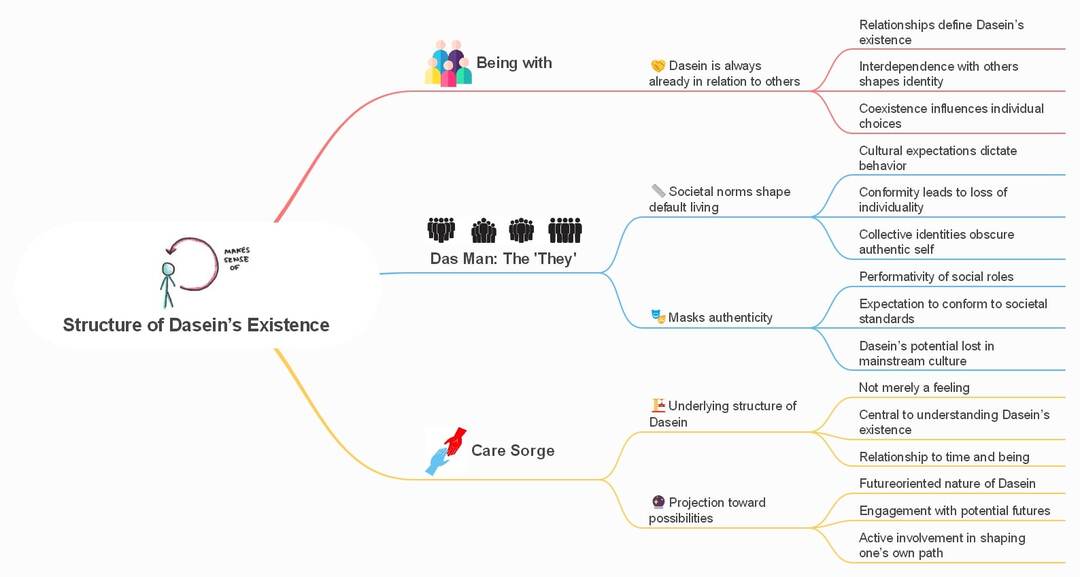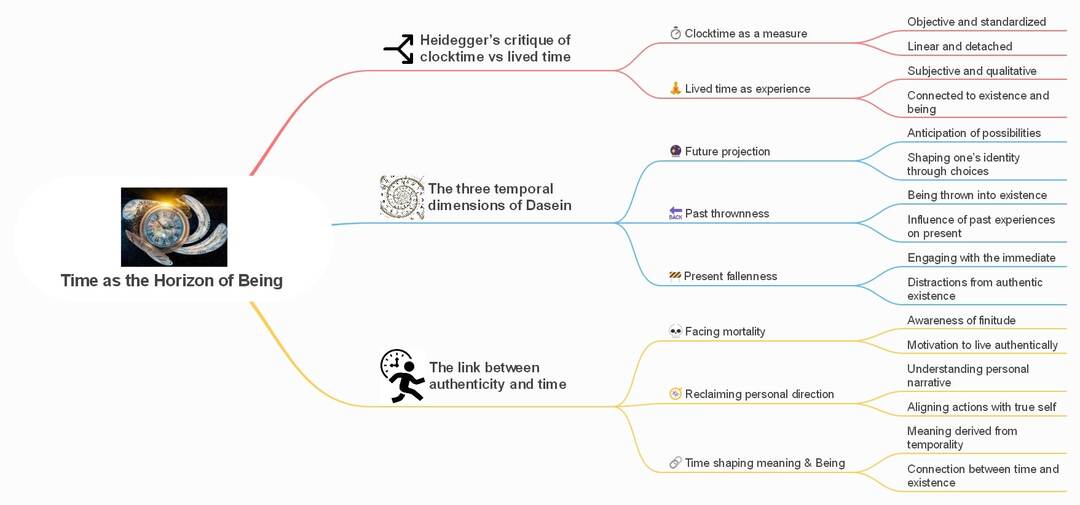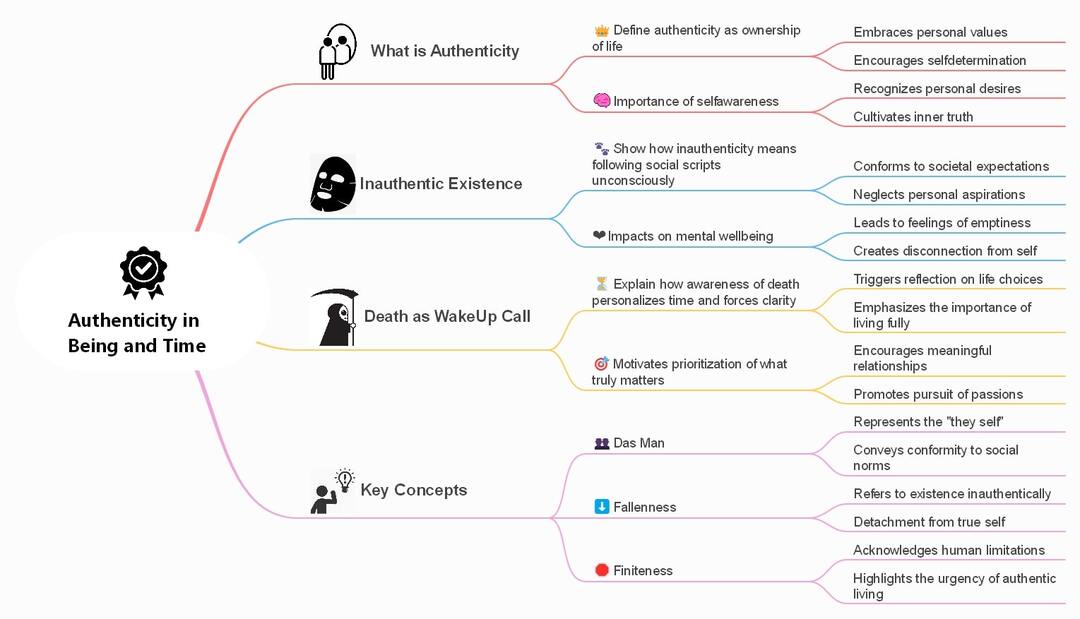Disconnection isn't always loud. Sometimes it just sits in the background. You follow your routines, do what's expected, and stay up to date. Still, something feels distant, like life isn't quite touching the ground.
That quiet feeling is what Heidegger turned toward in Being and Time. He didn't offer quick answers. He traced the roots of that distance to a deeper question: what it actually means to exist.
He never said that life was meaningless. He believed we'd just lost sight of where the meaning really starts.
In this Being and Time summary, I won't reduce his work to catchphrases. I'll provide a clear and simple walkthrough of his main ideas.
He won't solve your life. But he might help you see that even your uncertainty is trying to tell you something. And that's a more honest place to begin.
In this article
A Brief Intro to Heidegger
Who Was Martin Heidegger
Martin Heidegger didn't set out to solve abstract puzzles. He studied theology, briefly pursued priesthood, then turned to philosophy not out of academic interest, but because life felt off.
The post-World War I climate in Europe wasn't just chaotic; it was spiritually barren. Heidegger sensed something deeper had gone missing.
That absence, the fading connection between daily life and deeper meaning, is what pulled him into philosophy. He wasn't just analyzing thoughts. He was trying to reconnect with what makes life feel real in the first place.
What Is "Being"
Heidegger's core idea was simple but radical: philosophy had skipped over its most basic question. We ask what things are, how they work, or how we know them, but not what it means to be at all.
For Heidegger, "Being" isn't another object to study. It's the invisible frame behind everything. Like trying to see the air you breathe, you don't notice it until you stop and look directly.
That's what Being and Time tries to do: put that forgotten background into focus again.
How to Read Heidegger Without Losing Your Mind
Heidegger knew that language gets in the way as much as it helps. That's why he doesn't just reuse philosophical terms. He builds his own Dasein, Being-in-the-world, thrownness, because old language brings old habits.
Some quick reading tips:
- Read slowly, and read sections more than once.
- Don't look for quick definitions. Think in terms of movement and unfolding.
- Accept that understanding will come layer by layer, not line by line.
Heidegger isn't trying to hand you answers. He's creating a space where questions land differently.
Dasein - The Heart of Human Existence
What's Dasein?
Dasein means more than just "being there." Heidegger uses it to name the kind of being that's always already involved in the question of meaning. It's not about intelligence, language, or even consciousness. It's about caring.
Dasein cares about who it is and how it exists. And that caring, what Heidegger calls concern or Sorge, isn't a feeling, but a structure.
You don't choose to be Dasein. You find yourself as Dasein, already in the middle of life, asking what this all is.
Being-in-the-World: You Were Never Outside
Heidegger challenges a basic habit of thought: the idea that we stand apart from the world and observe it. He says we're always inside it, using tools, following habits, speaking language, and navigating spaces.
That's why he writes "Being-in-the-world" with hyphens; it's not two things. It's one. You don't live next to the world. You live through it.
Even your thoughts about life come from inside that experience.
Being-towards-Death: Mortality Without Drama
When Heidegger talks about death, he doesn't mean hospitals and funerals. He means the limit that makes your life yours. Death sets the boundary no one else can cross for you. You can share grief, but you can't outsource your ending.
That's why Being-towards-death matters. It's not about fear, it's about owning your path. Once you face that limit, even silently, you're forced to take life personally. Not just socially or habitually, but deliberately.
The Structure of Dasein's Existence
Being-with: You're Already in Relation
Heidegger says we're not isolated minds peeking out at the world; we exist with others, from the start. He calls this Being-with. Even if you're alone in a room, the way you speak, think, dress, or feel has already been shaped by your relations to others.
This doesn't mean relationships are added to life. They are baked into what it means to be Dasein.
You don't just exist next to people. Your being is structured by others, friends, strangers, ancestors, and even people you imagine.
Das Man: The Voice of "They"
We like to think we make our own choices, but much of daily life runs on autopilot. Heidegger calls this Das Man, translated as "the They." It's the background hum of what people say, expect, assume, and do.
You don't decide to say "fine" when someone asks how you're doing. You repeat a script. That's Das Man.
It's not evil. It keeps things moving. But it also masks who you are. You live like everyone else, without noticing. And that, for Heidegger, is a subtle crisis.
Care (Sorge): The Structure Behind It All
If Dasein is always Being-in-the-world, then what drives that being? Heidegger's answer is care, not a feeling, but a structure.
We're always caring about something: work, people, time, goals, the future. Even boredom can be a form of care. It appears when things lose your attention.
Care means you're always ahead of yourself, already involved in some possibility. That's what makes you Dasein, not what you know, but what you're already oriented toward.
So when Heidegger says "care is the being of Dasein," he means it literally. You exist by projecting into possibilities, shaped by others, within a world you never chose. But you still carry it.
Time Is How We Exist
Time as the Horizon of Being
Heidegger doesn't treat time as a background measurement. For him, time isn't a clock. It's the lens through which we understand Being. Without time, nothing could appear, matter, or unfold.
We grasp anything, ourselves, others, the world, only through its relation to time. That's why he says Being and Time belong together.
Linear Time Doesn't Explain Much
Modern life is driven by schedules, deadlines, and calendars. But Heidegger argues that this "clock-time" is superficial. It treats time as a series of isolated now moments, measurable, interchangeable, and empty.
What matters more is how time shows up in our lives, how we anticipate, remember, drift, or focus.
Heidegger calls this existential time, time that's lived, not counted.
The Three Dimensions of Time
Dasein isn't fixed in the present. It's stretched.
- Future (projection): You're always moving toward possibilities.
- Past (thrownness): You didn't choose where or how you started.
- Present (fallenness): You're pulled into distractions and routines.
You exist as this stretch, this movement between what shaped you and what you're aiming for.
Authenticity and Time: Making It Yours
When you don't confront time, it slips away. You float through days like someone else is steering. That's inauthentic time.
But when you grasp your finiteness, your limited time, things shift. You start to prioritize. You stop waiting for the "right time." You begin owning your direction.
Heidegger's point isn't to manage time better; it's to live time differently.
Authenticity - Living on Your Own Terms
What Does It Mean to Be Authentic?
For Heidegger, authenticity isn't about being bold or original. It's about owning your life. Most of us float through routines, following social scripts we didn't write. He says this isn't evil, it's just incomplete.
You become authentic when you stop taking the world's version of your life at face value and start asking what's actually yours to live.
It's not dramatic. It's quiet. It's a shift from drifting to choosing.
Inauthentic Existence: The Default Setting
We're born into a world that's already in motion. Expectations, customs, values, they're there before we are. Heidegger calls this fallenness. You fall into ways of talking, dressing, working, even loving, without really noticing.
This isn't fake, but it's shallow. It's Das Man living through you.
Inauthenticity isn't lying. It's forgetting that you have a say in how your life unfolds.
Death as the Wake-Up Call
What pushes authenticity forward is the awareness of death, not as fear, but as clarity. When you remember your time is limited, distractions lose their grip.
Death makes things personal. No one else can die your death. That's what makes life yours, too.
Authenticity is living in the presence of that fact, not in despair, but with direction.
Final Words: Why Being and Time Still Matters
At its core, Heidegger's project isn't about building a system. It's about returning to experience, to the simple fact that you are, that you care, that you project into the future, and that one day you won't be here.
Why It Still Matters
We live in a time of infinite options, but limited attention. We scroll, compare, and react. But rarely stop to ask: Is this mine? Is this how I want to live?
Heidegger's work matters because it doesn't let you avoid those questions.
Final Thought
This isn't philosophy for shelving. It's for checking in. Not all at once, and not for everyone, but if you feel like you've been drifting, it gives you a way to ask:
What do I care about, really?



